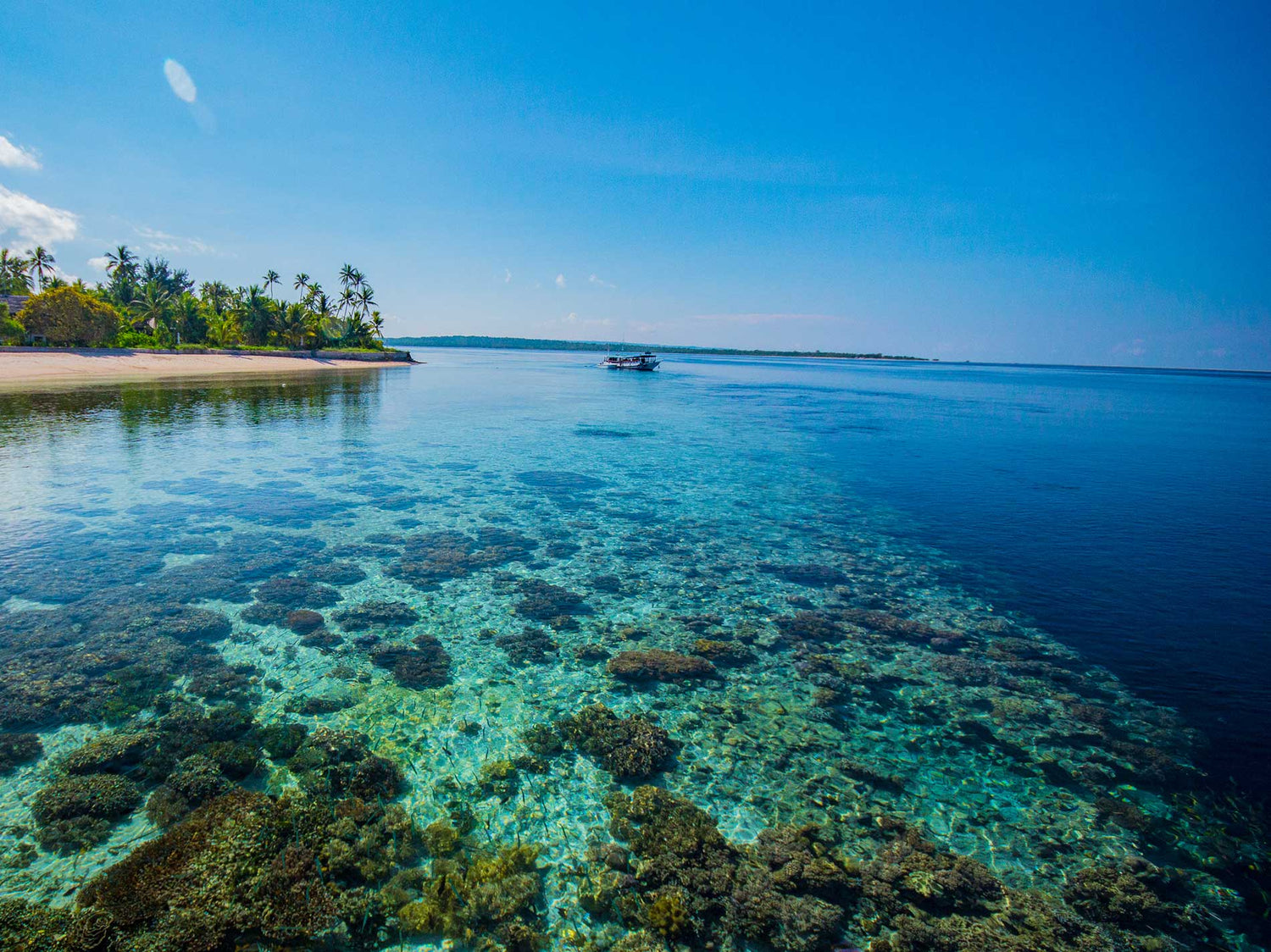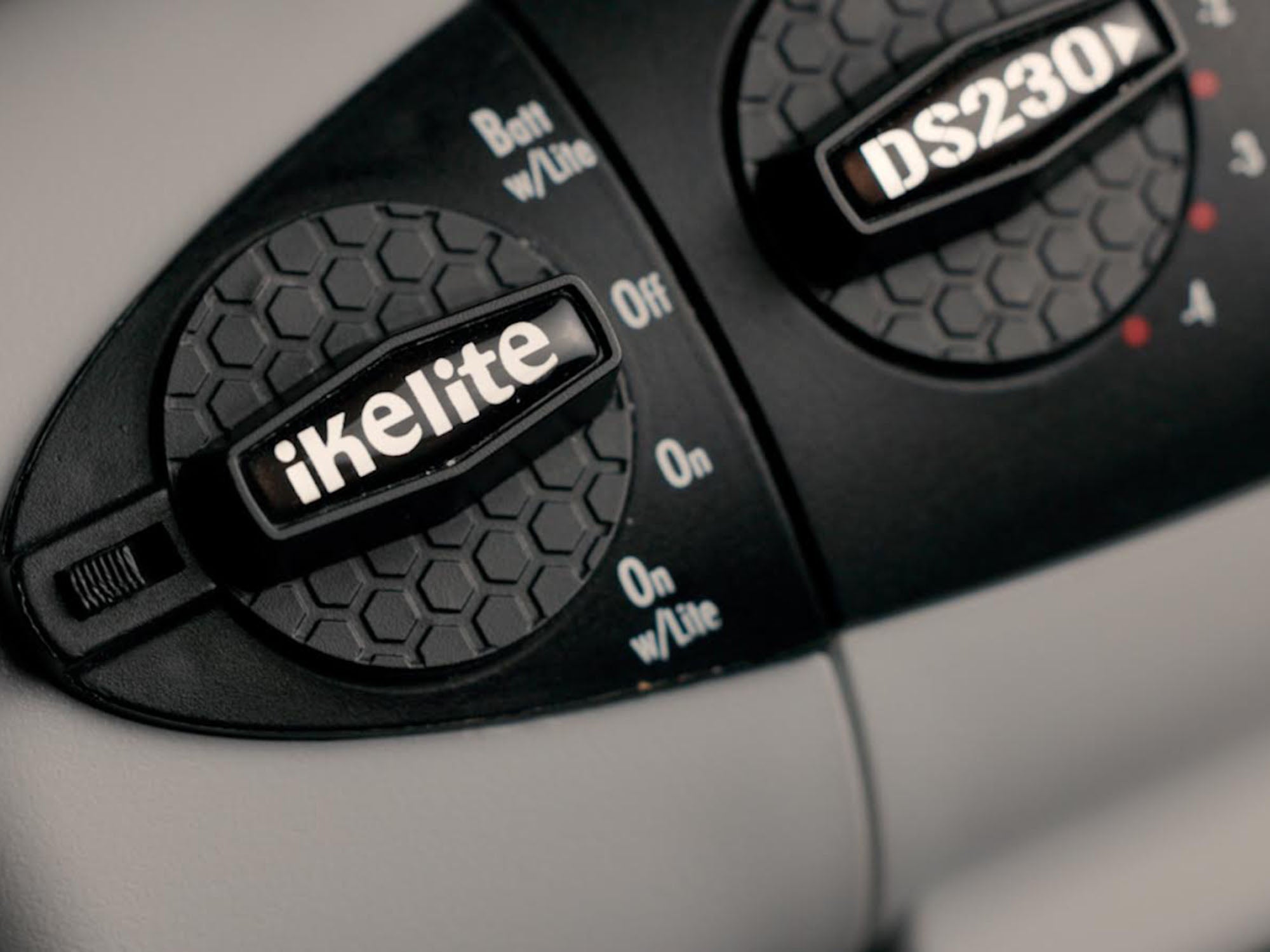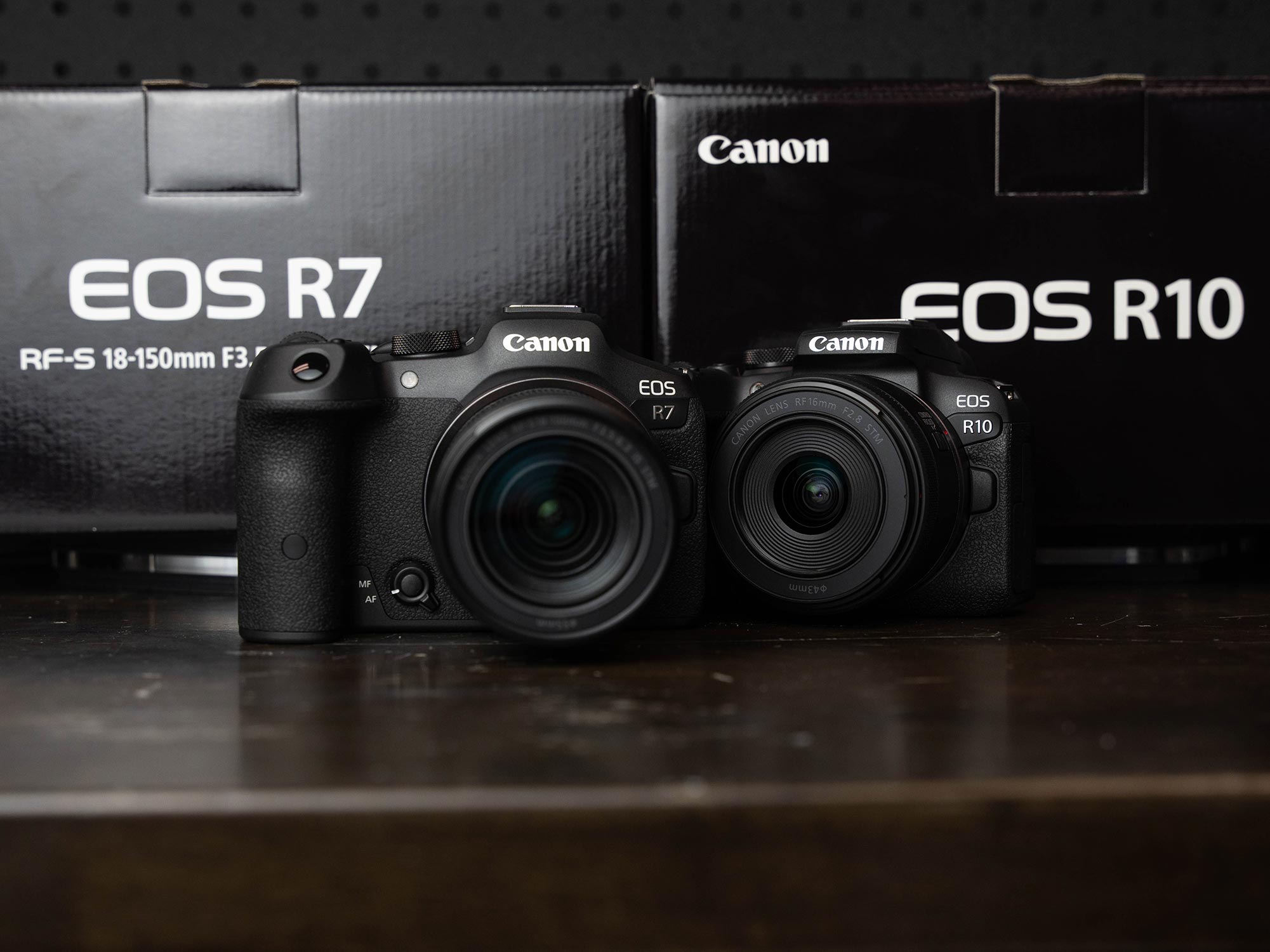By Steve Miller
Underwater photographers from all over the world are celebrating the reopening of Wakatobi Dive Resort to vaccinated travelers this summer. Located near one of the hearts of the famous Coral Triangle, Wakatobi has made the bucket list for well travelled divers seeking the most pristine reefs to photograph. The resort pioneered careful diving technique and etiquette very early on, and this careful custodial relationship with the miles of reef surrounding the resort have paid off over the years.
So what does two years of no divers visiting do to the reefs? Happily not very much, due to the protocols that have been in place, like declaring the whole area a marine park, and the small number of guests that can visit the resort (around 45 people maximum). Of course mother nature always enjoys being left alone, so many divers are eager to see the reefs again after the hiatus.

This tiny scene is in just about 10ft (3.048m) of water near the Jetty Bar. © 2022 Steve Miller
What Makes Wakatobi So Special?
There are many places in the South Pacific with amazing diving, snorkeling, consistently clear visibility, and biodiversity so what makes Wakatobi so special? It goes back to the beginning, before the resort existed. This was a region with amazing reefs in remarkable condition due to the remoteness of the location. Placing a resort in the middle of this was extremely difficult and impractical. The site was not selected because of infrastructure, profitability, ease of construction or access. It was picked to make access to the best reefs easy for a small number of divers. In the early days guests would fly to Bali, then endure up to 3 days by boat to get to Wakatobi. Now, despite the small numbers, access is via a 2.5 hour flight on a private charter from Bali twice a week.

The sea life at Wakatobi is diverse and unparalleled. © 2022 Steve Miller
So what is it about this particular spot? It’s the structure of the reefs that photographers (and snorkelers) enjoy so much. Many excellent dives and photogenic sites in the world are necessarily brief due to the depth, leaving the photographer with precious minutes to practice their craft. The reefs of Wakatobi are mostly walls, and they begin very shallow, often in just a few feet of water. This makes almost every dive site an excellent snorkeling site, and it also makes multi-level diving natural. The impact of this means standard dive times are 70 minutes, and it is possible to do multiple dives without getting near decompression limits.

Teeming with life, complex hard and soft corals abound. © 2022 Steve Miller
House Reef: Where Practice Makes Perfect
For many of us, the icing on the cake is the famous House Reef. Voted the #1 Shore Dive in the World, the House Reef is easily accessible from the beach, the stairs off of the jetty, or water taxi. No surf or long swim, just a couple kicks and you are on top of a coral wall that is covered in solid life. Depending on the tide, the top of the wall can be just a few feet below the surface. Huge hard and soft corals cover everything, you can find anemones with clownfish and shrimp, big turtles, crocodilefish, cuttlefish, and every macro animal you can imagine.
But this is no different from what you would see off of the big boats of course, so why bother? The difference is that you can dive the House Reef at your leisure. With 100 cubic foot tanks and shallows full of life, dives can be very, very long. These are the perfect conditions for breakthrough moments in your photography.

Get focused: Pygmy seahorses can be spotted by your guide. Or, if you've got good luck and great vision, you might spot them yourself. © 2022 Steve Miller
My first “Aha! Moment" was on the House Reef, trying to understand a super wide lens, and it’s impact on compositions and perspective. I ended up shooting in a couple feet of water with a severe upward camera angle and all kinds of different settings. This “frame” is difficult to find unless you are on a vertical site, a wall, that kisses the surface. I ended up with the lens stopped down almost all the way trying to balance strobe light with the natural light when I saw clouds in my image. I had no subject in particular, but the soft and hard corals were strobe lit and super sharp, the sky was sharp as well, and something clicked. It was seemingly an image of nothing, but the colors and textures were unparalleled to what I had captured before.

From an aerial view, you can see where the shallow reef drops off into a sheer wall.
We all have benchmark moments when things come together, whether it concerns the camera, the lens, your lighting, or most importantly composition. Working through the learning curve is best done in an unhurried fashion, with time to experiment and “waste a frame” while trying to understand. Many amazing dives don't lend themselves to this, you need to know what you plan to do before you get in the water. On the House Reef you can find infinite scenes and if you don't get it right the first time (things often don't occur to us until we closely inspect our images on a laptop) you can return to the same scene with a different plan.
While it might involve extended travel, Wakatobi's leisurely pace of diving and ease of access to the reefs surely make up for it. If you’re looking for a break-through moment in your craft, there is no place on earth like Wakatobi.

Large cuttlefish can be seen at most dive sites at Wakatobi. © 2022 Steve Miller
 Ambassador Steve Miller has been a passionate teacher of underwater photography since 1980. In addition to creating aspirational photos as an ambassador, he leads the Ikelite Photo School, conducts equipment testing, contributes content and photography, represents us at dive shows and events, provides one-on-one photo advice to customers, and participates in product research and development. Steve also works as a Guest Experience Manager for the Wakatobi Dive Resort in Indonesia. In his "free" time he busies himself tweaking his very own Backyard Underwater Photo Studio which he's built for testing equipment and techniques. Read more...
Ambassador Steve Miller has been a passionate teacher of underwater photography since 1980. In addition to creating aspirational photos as an ambassador, he leads the Ikelite Photo School, conducts equipment testing, contributes content and photography, represents us at dive shows and events, provides one-on-one photo advice to customers, and participates in product research and development. Steve also works as a Guest Experience Manager for the Wakatobi Dive Resort in Indonesia. In his "free" time he busies himself tweaking his very own Backyard Underwater Photo Studio which he's built for testing equipment and techniques. Read more...
Want the easy way to improve your underwater photography? Sign up for our weekly newsletter for articles and videos directly in your inbox every Friday:
Additional Reading
An Insiders Guide to Diving Wakatobi Resort Indonesia
Why You Aren't Shooting Great Landscapes Underwater
Anemone Underwater Camera Settings and Technique
What I Wish I Knew When I Started in Underwater Photography [VIDEO]













